The Plant Air Purifier® is an air filtration system that consists of a planter, specially developed ceramic growing media, activated carbon and a low-voltage power supply. The planter itself consists of a perforated inner pot and a unique outer reservoir that holds enough water for up to one week.
- Cleans a 12’x15′ room in less than 4 hours.
- Removes Toxins, Dust, Odors & Allergens naturally.
- Over 60 times more effective than 1 household plant.
- Adapts & Becomes more effective over time.
- No filters to change… Ever!
- Dimensions (cm): 8.5″ W × 8.5″ D × 8.0″ H
- Includes: Inner and Outer Pots, with integral blower, 5V DC power supply, hydro-culture potting media and activated carbon.
- Does NOT include a plant.
- Available in White, Black, Copper, Terra Cotta and Blue.
Plant Air Purifier® is Cleanest Greenest Solution for Pure, Cleaner Air
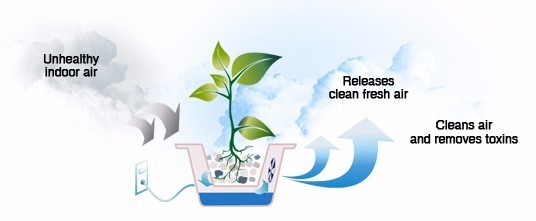
- Plants are the Earth’s Natural way of cleaning and purifying the air drawing in Carbon dioxide and releasing Oxygen back into the atmosphere.
- Plants remove toxic indoor air pollutants having significant adverse effects on Human Health.
- Plants have natural air-cleaning abilities, but to use plants as air filters is difficult due to the numerous houseplants necessary to clean air sufficiently and efficiently.
- The Plant Air Purifier® cleans as much air as 60 typical soil-potted plants, or more.
- The Plant Air Purifier has been found to remove formaldehyde, benzene, and other volatile organic compounds as well as dust, allergens, and pet dander.
- Leaving your air cleaner, healthier and smelling great.
How does it work?
- The average person breathes 60 pounds, or 800 cubic feet, of air a day.
- Most toxins enter the body through the air.
- Indoor air is typically much more polluted than outdoor air.
- The Plant Air Purifier® cleans as much air as 60 typical soil-potted plants, or more.
Combining Hydroculture, air circulation, and Plant’s natural ability to clean the air, now retired NASA Scientist, Dr. B.C. Wolverton and design team developed this product Plant Air Purifier® that can naturally clean indoor air and significantly reduce human exposure to harmful airborne toxins. You can also check a more detailed Operating Manual here.
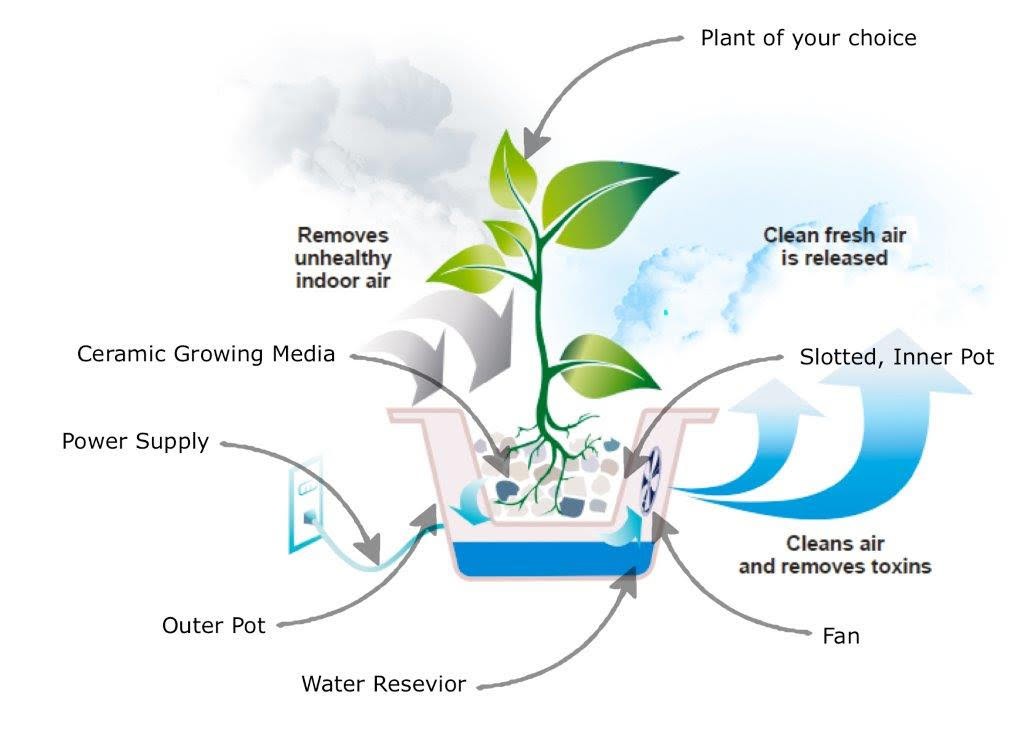
- The Plant Air Purifier® uses a common houseplant to clean the air.
- Plants have natural air-cleaning abilities, but to use numerous houseplants in a single room is not possible.
- This is the capability of the Plant Air Purifier®; one of this purifier has the cleaning power of 100 standard houseplants.
- Air containing toxic elements passes through the porous growing media and activated carbon by means of a high velocity fan.
- The activated carbon within the media attracts chemicals and holds them until the microbes eat the toxins.
- The byproducts of the consumption process are non-toxic food and energy for themselves and the host plant.
- Microbes overtime, acclimate to the amount and type of toxins in the air, thus becoming efficient at consuming these chemicals.
- Microbes are exceptional at consuming organic, or carbon based, particles such as volatile organic compounds, or VOCs, known carcinogens.
The Plant Air Purifier Potting System
- The inner pot is specially designed to ensure the maximum air flow through the media and activated carbon, allowing the air to be cleaned more efficiently.
- The pot design is also intended to hold enough water for up to one week depending on the number of hours the fan is run and the humidity in the air.
- The water window is a simple way to see when the plant needs watering or the base needs cleaning of residue build up.
- The low-water shutoff, built into the unit, stops the fan in the event the plant is low on water. This shutoff mechanism prevents the plant roots from drying if the water level becomes too low.
Recommended Plants
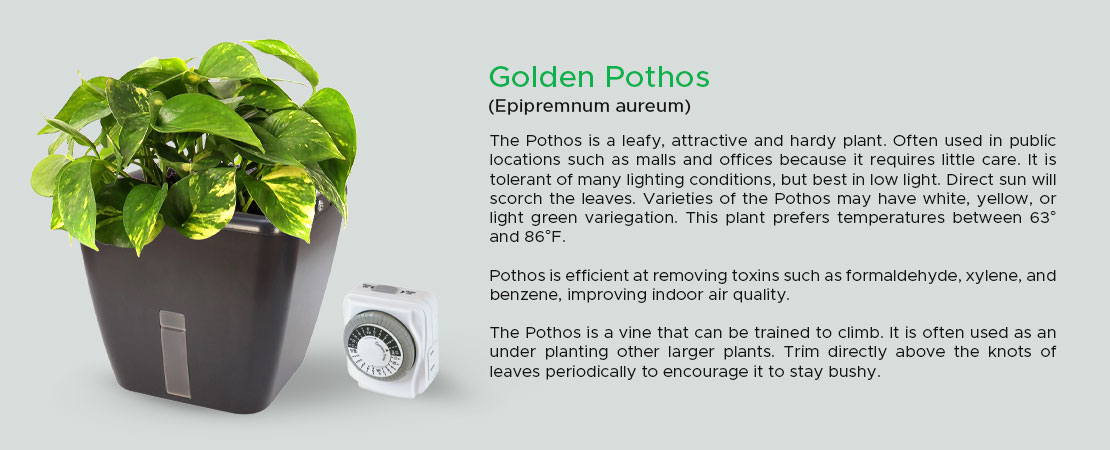
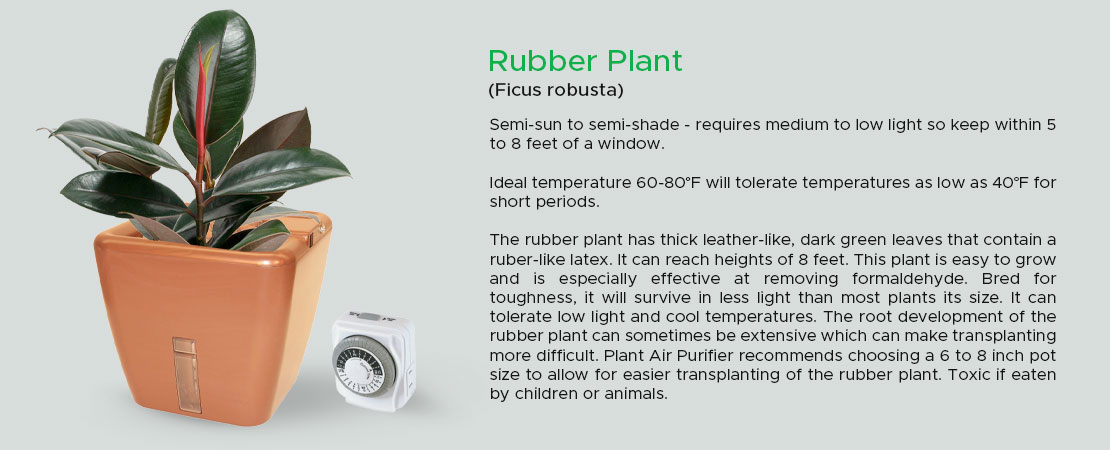
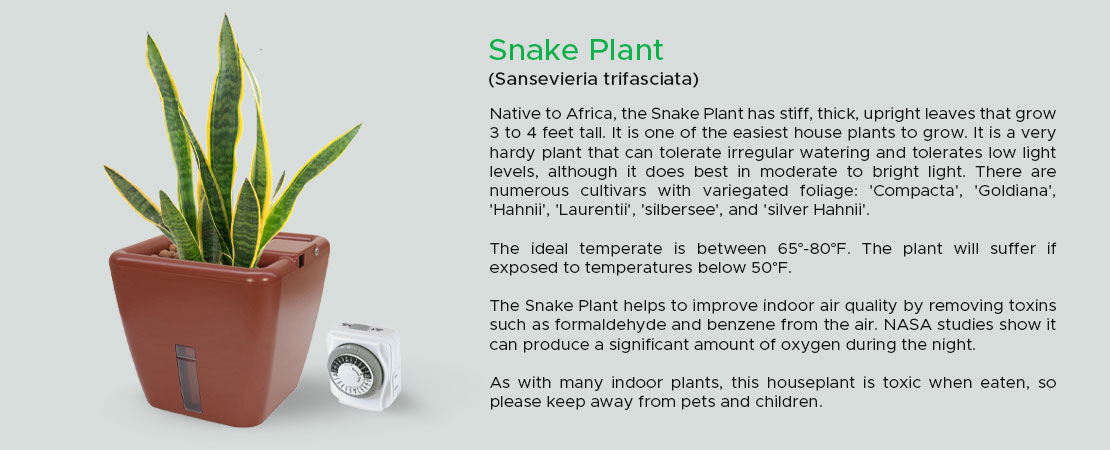
Where to Use the Plant Air Purifier

Bedroom: At home, a person is likely to spend more time in their bedroom than any other room in the house. This makes the bedroom an excellent location for the Plant Air Purifier®. Breathing clean air while you sleep improves your rest and your health. The soft hum of the air blower has proven soothing to many and helps lull you into a sound and healthy sleep. Excellent sleep assistance for allergy sufferers!
Living Room: The second most trafficked room in the home is the living room or kitchen, again, an excellent reason to place the Plant Air Purifier® here. The decorative nature of the Plant Air Purifier® is a welcome feature in the living room or kitchen areas.
Office: The average office worker spends about a third of the hours of a workday in the office, making it an excellent location for the Plant Air Purifier®. Put the benefits of clean, fresh air to work for you as you do your job. Think clearer, work better, tire less quickly and enjoy the pleasing aesthetics of a beautiful plant in your office.
Factory: Many manufacturing processes outgas various pollutants into the air. Especially in very hot or cold weather, ventilation comes with a large energy cost to maintain inside temperatures, and is often kept to a minimum for this reason. Help yourself and your coworkers breathe cleaner air by placing Plant Air Purifiers® around the factory floor. The microbe population associated with the plant’s roots has an innate ability to adapt to prevalent pollutants and become more adept at consuming these toxins over time.
Advantage of Plant Air Purifier
- There are no toxic air filters to clean or replace, ever; the system is self-cleaning. This results in reduced waste going to a landfill and less maintenance over time.
- Root-associated microbes convert toxins in the air into nutrients, the plants eat and thrive on.
- It is a beautiful potted plant, much attractive and discrete than an average air purifier. It enhances the look and feel of your home or office.
- It’s special growing media is inert and clean; does not support mold, mildew growth or insect propagation, as one may get with plants potted in soil.
Plant Air Purifier® vs. Other Types of Air Cleaners
Plant Air Purifier vs. HEPA Filter
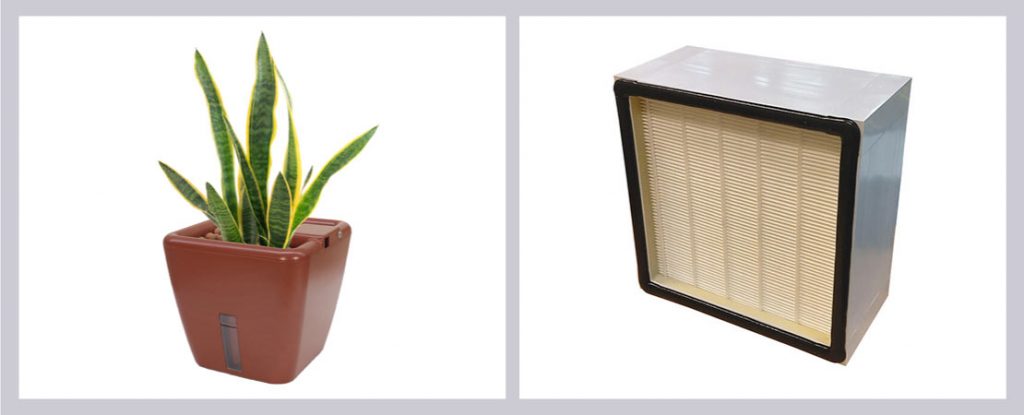
- Plant Air Purifier® will remove Volatile Organic Compounds (VOCs), some of the most dangerous pollutants, whereas HEPA filter (alone) won’t. If a HEPA filter unit does include activated carbon, the amount is substantially less than the Plant Air Purifier’s® five pounds of activated carbon!
- Plant Air Purifier® adapts to VOCs and other pollutants over time becoming more effective at eliminating them while HEPA filters slowly lose their effectiveness until renewed by replacing the filter(s).
- HEPA usually requires periodical replacement of filters, which can sometimes cost as much as the filter unit itself, while the Plant Air Purifier® requires only water, occasional plant food and no filter to replace, ever. Filters contribute to the solid waste stream and exposes the user to a substantial concentration of toxins during the replacement process.
- For similar purchase price and electric cost, both units clean about the same volume of air.
- Plant Air Purifier® is more naturally attractive than a typical HEPA filter unit.
Plant Air Purifier vs. Electronic Precipitator
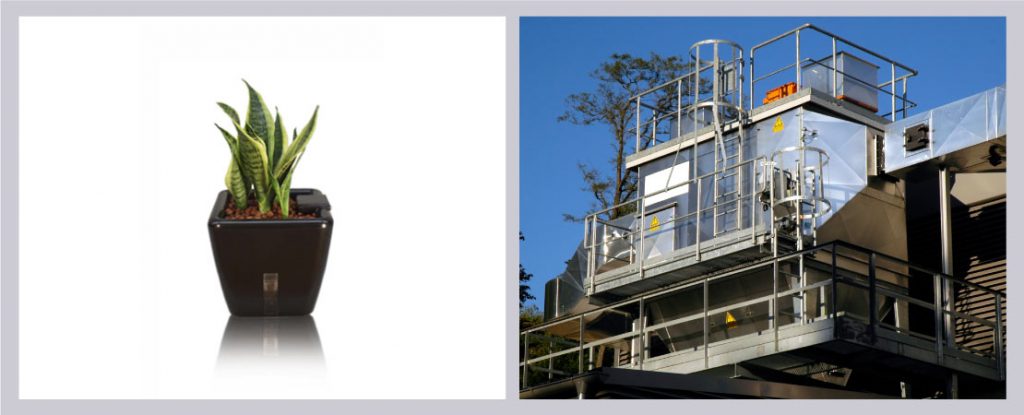
- Electronic Precipitator efficiency decreases as the collecting plates become loaded with particles or as airflow velocity decreases or becomes less uniform. Plant Air Purifier® maintains a constant rate of air cleaning indefinitely because it is “self-cleaning”. The effectiveness increases over time as the microbes adapt to their environment.
- Electronic Precipitators need to have their collector plates cleaned regularly exposing the user to a significant amount of toxic buildup. Maintenance of the Plant Air Purifier® will not expose the user to concentrated toxin cleaning.
- Plant Air Purifier® is more naturally attractive than an Electronic Precipitator filter unit.
Plant Air Purifier vs. Ion Generator
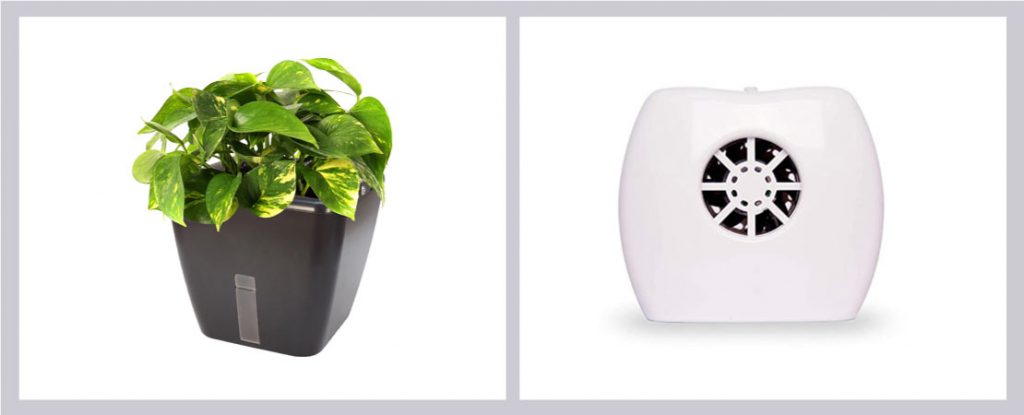
- Ion Generator units emit some ozone which may cause respiratory irritation and tends to soil interior surfaces with pollutant particles that are difficult to remove.
- Plant Air Purifier® is more naturally attractive than an Ion Generator unit.
Plant Air Purifier vs. Ozone Generator
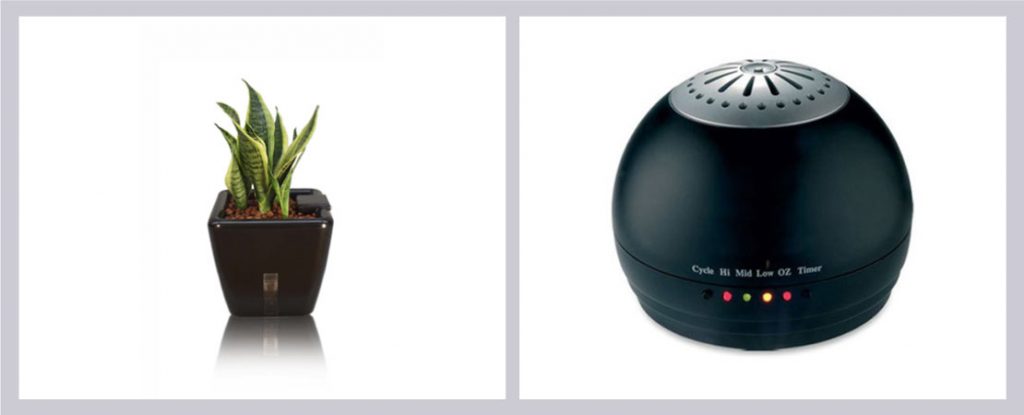
- Available scientific evidence shows that at ozone concentrations below public health standards ozone has little potential to remove indoor air contaminants.
- Ozone is an irritant gas that reacts with lung tissue and can cause various respiratory irritations; Plant Air Purifier® gives off only clean air.
- Ozone Generators tend to soil interior surfaces with pollutant particles that are difficult to remove.
0/5
(0 Reviews)

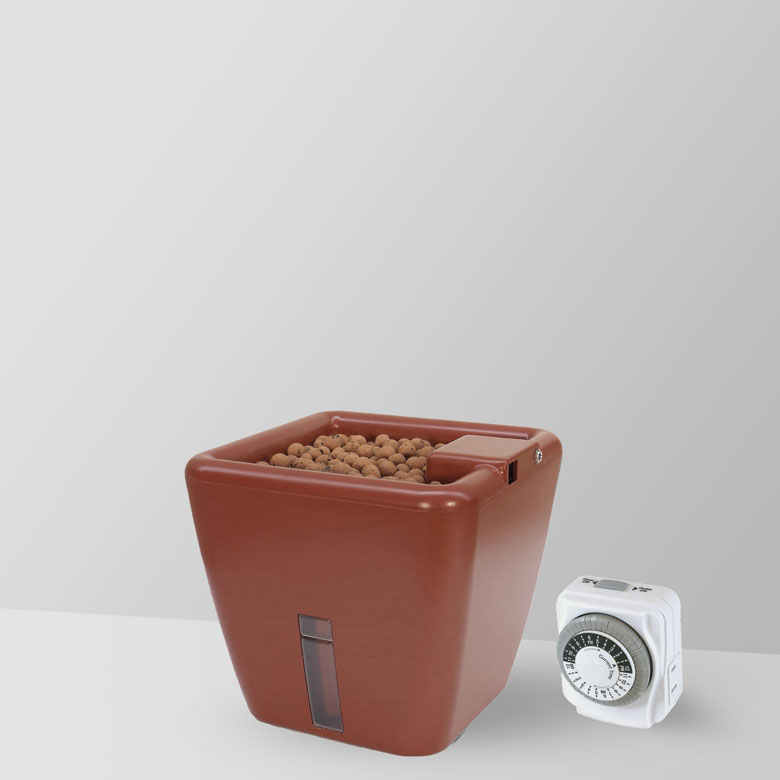
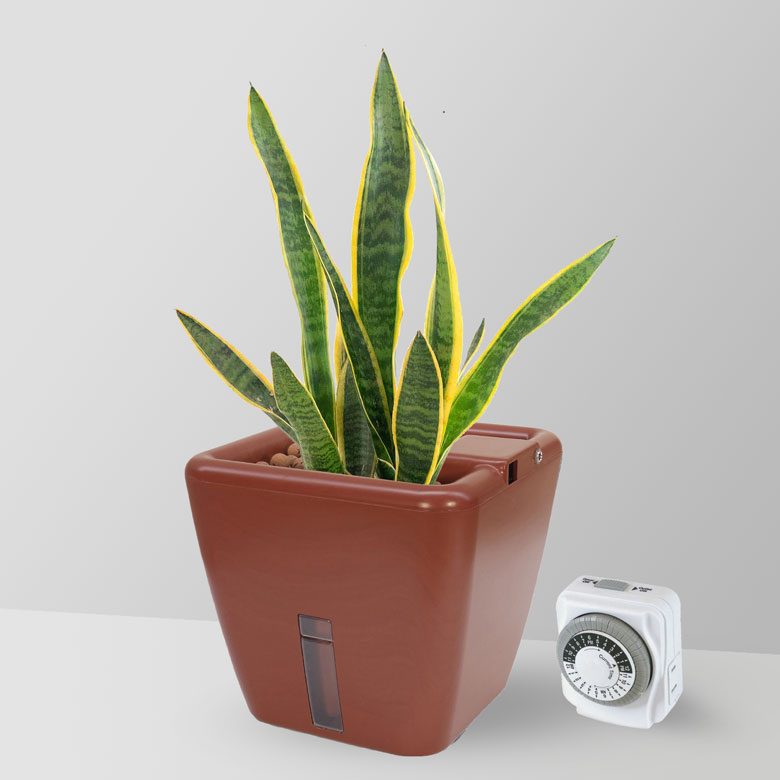
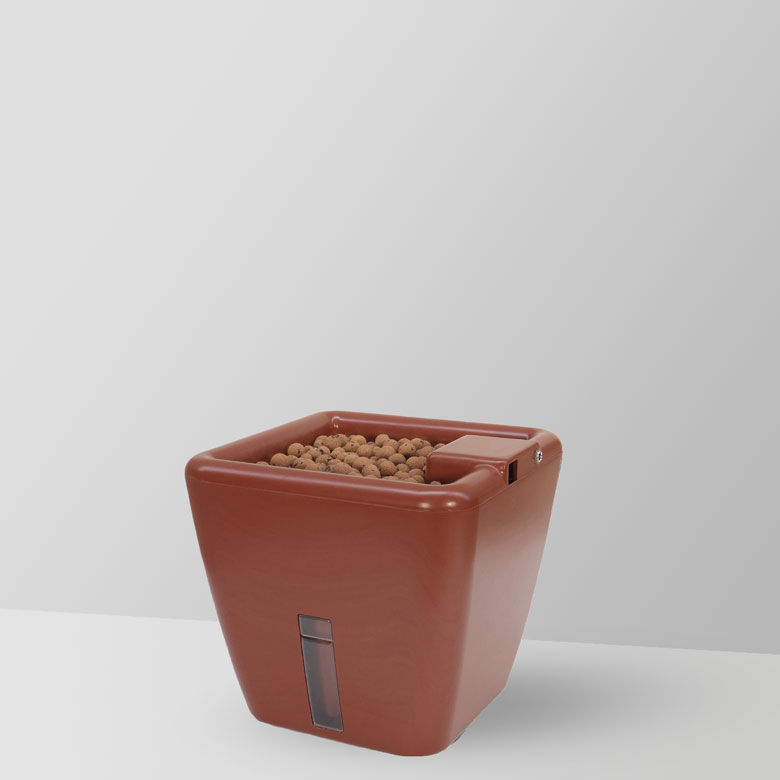
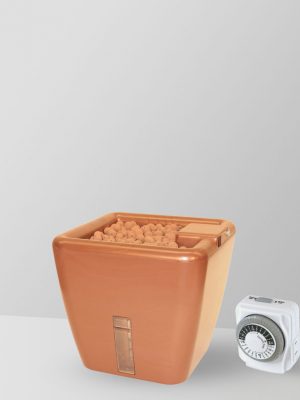
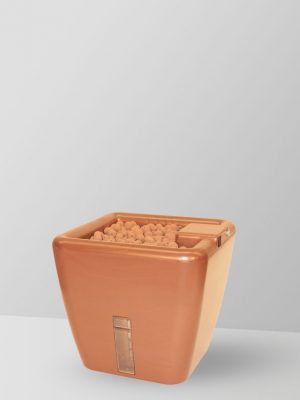
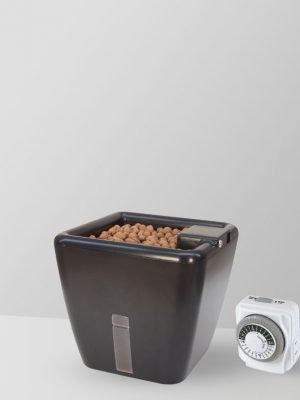
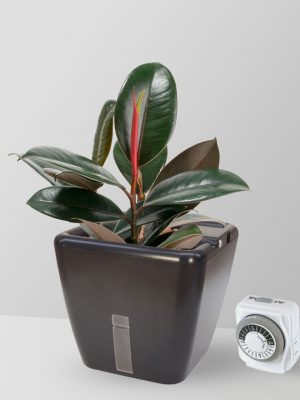
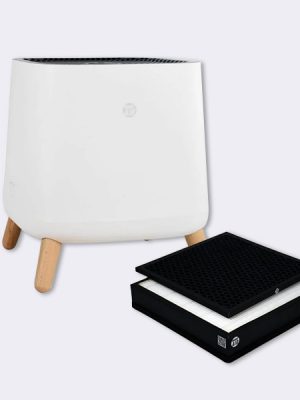
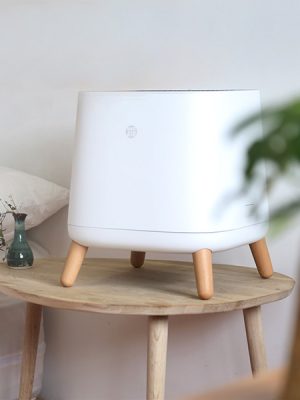
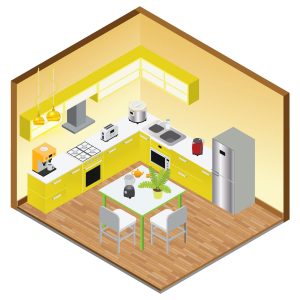

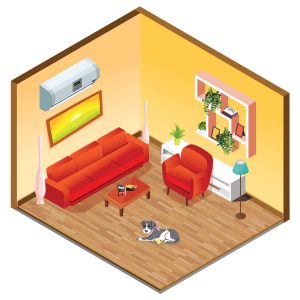
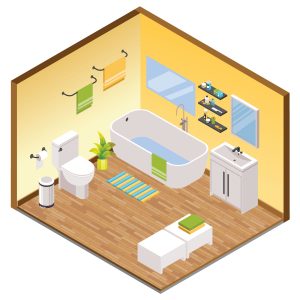
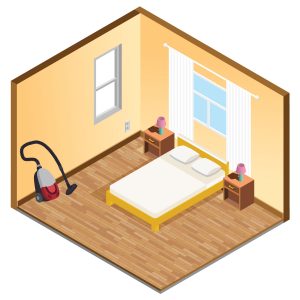
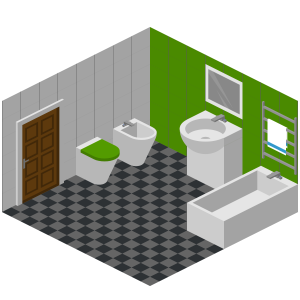

Reviews
There are no reviews yet.